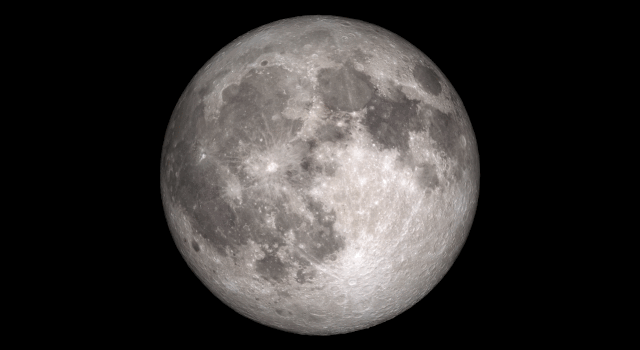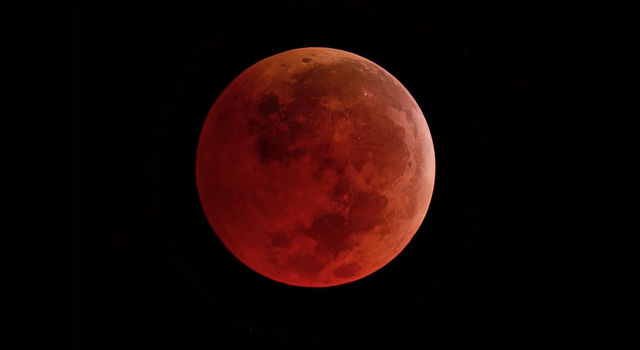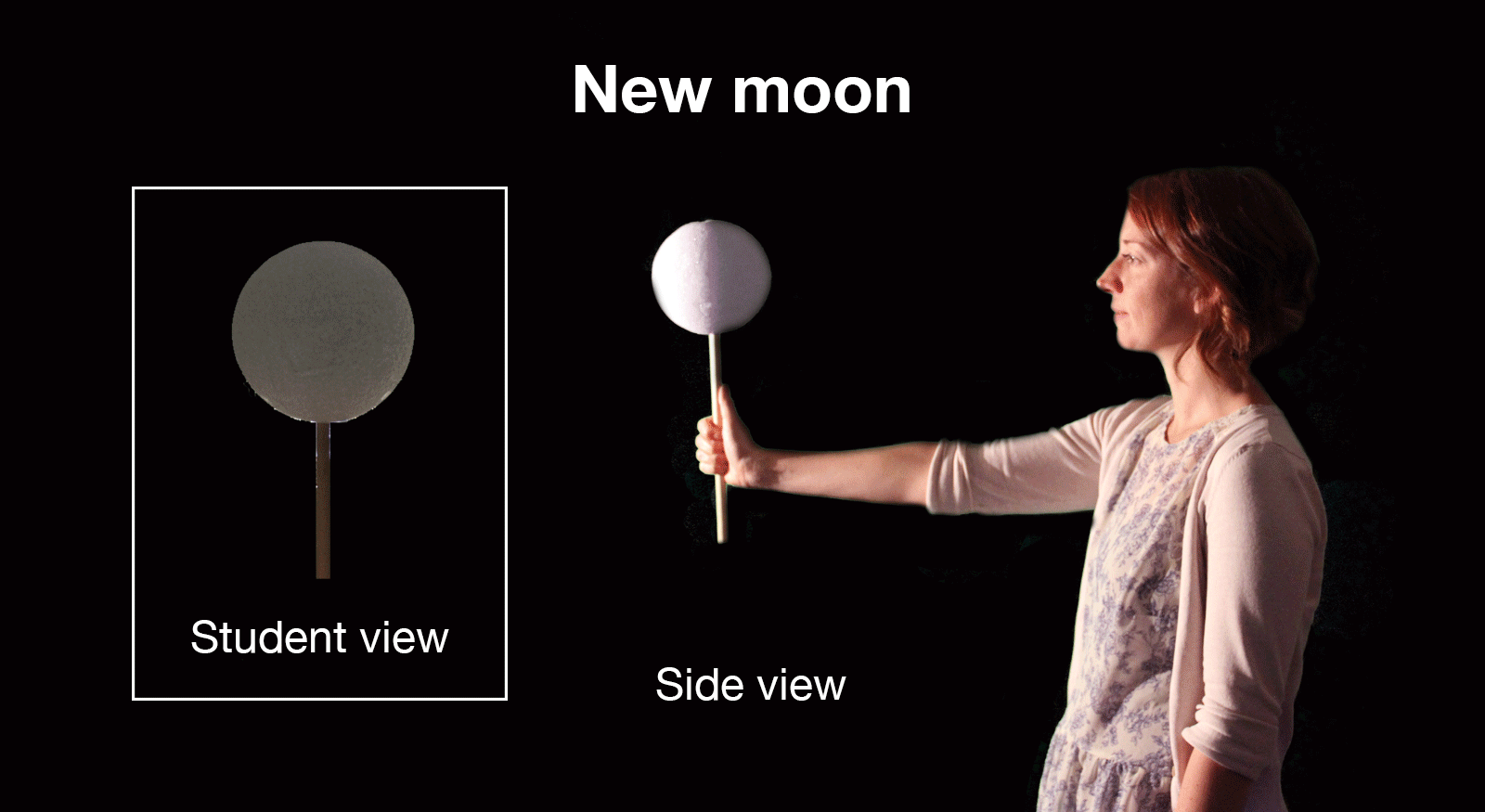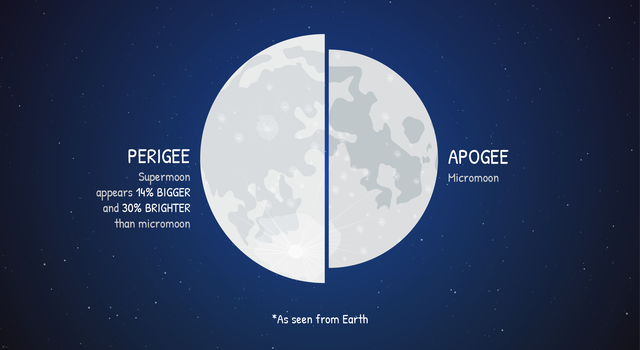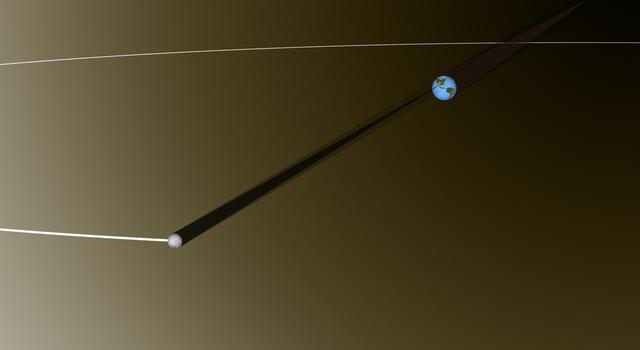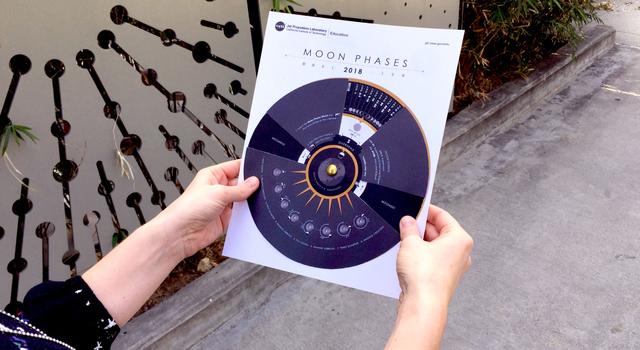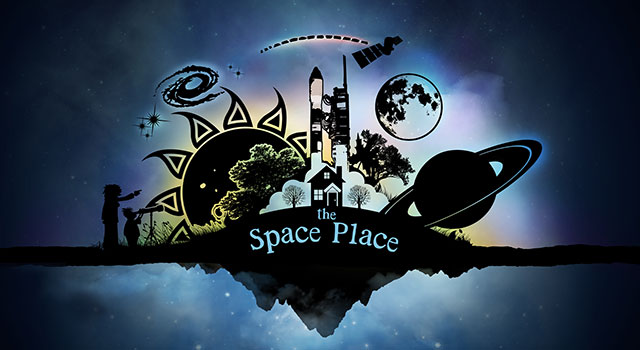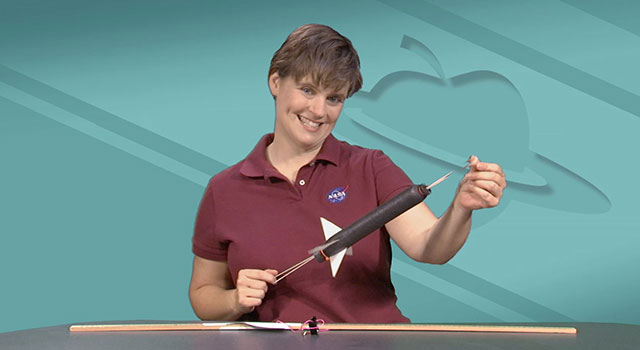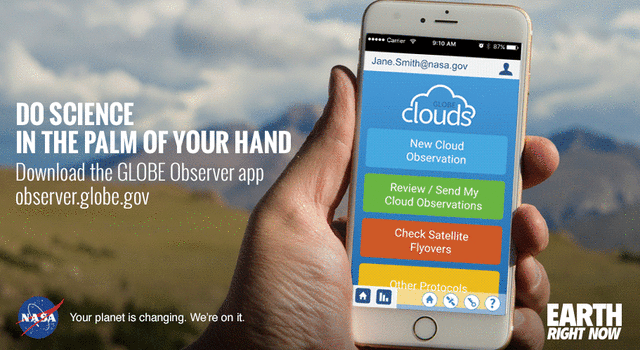Dear chantybanty1.chanti, my name is Anastasia and i'm from Russia. Five years ago I moved to the USA and I love it here. Came across your photos on Badoo and remembered you because you seem a type of guy I want :-) You are hot, smart and sexy :-) If you would like to know me more, this is my email monikahhsvanja@rambler.ru write to me and I will send some of my photos. xXx, Anastasia
Wednesday, January 31, 2018
Mount Sharp 'Photobombs' Mars Curiosity Rover
|
NASA Jet Propulsion Laboratory
NASA's Jet Propulsion Laboratory
4800 Oak Grove Dr
Pasadena, CA 91109
Posted by
Deep
at
3:50 PM
0
comments
![]()
yo
Hi chantybanty1.chanti, my name is Anna and i'm from Russia. Currently I live in US. Im so glad to see your profile on Facebook. You seem like my type and I would like us to know each other better. You are super cute and handsome. If you feel the same, email me janachrzjmn@rambler.ru and I will send some of my photos. Hugs, Anna
Posted by
Deep
at
5:48 AM
0
comments
![]()
yo
Hi chantybanty1.chanti, my name is Darya and i'm from Russia. Currently I live in US. Im so glad to see your profile on Facebook. You seem like my type and I would like us to know each other better. You are super cute and handsome. If you feel the same, email me dxfandrea@rambler.ru and I will send some of my photos. Hugs, Darya
Posted by
Deep
at
4:26 AM
0
comments
![]()
Tuesday, January 30, 2018
JPL News - Day in Review
|
NASA Jet Propulsion Laboratory
NASA's Jet Propulsion Laboratory
4800 Oak Grove Dr
Pasadena, CA 91109
Posted by
Deep
at
4:57 PM
0
comments
![]()
hi
Hi chantybanty1.chanti, My name is Nastya and i'm writing you to tell you that you are super cute from your photos on Facebook. I myself am from Russia, but now I live in the USA. I want to get to know you more! If you have the same, email me, this is my email andrea1rehute@rambler.ru. Lets know each other better. Cheers, Nastya
Posted by
Deep
at
10:05 AM
0
comments
![]()
hi there
Hi chantybanty1.chanti, the hottest man in the world! My name is Maria and i'm from Russia, but currently I live in the USA. I just wanted to let you know that I liked you from your photos and would like to know more about you. Let me know if you would like to get in touch, here is my email jbowmanvm@o2.pl. Cheers, Maria
Posted by
Deep
at
7:41 AM
0
comments
![]()
Monday, January 29, 2018
hello
Hello chantybanty1.chanti, I am Daria, from Russia, living in the USA. Some days ago I found your profile on Badoo and surprisingly decided to write to you :-) So, here I am. I must say you are very cute and I would like to know you more! Lets write to each other, my email is gerldcollier1997@gmx.com, write to me and I will send some of my photos. Cheers, Daria
Posted by
Deep
at
9:30 PM
0
comments
![]()
hey
Dear chantybanty1.chanti, My name is Maria, and finally I decided to write to you. I'm from Russia, but now I live in the USA :-) I saw you photos on Facebook and cant get you out from my head. You look cute and at the same time very sexy and smart, just like my type. Wanna talk to you, what about you? If you would like to know more about me, please, email me. My email is miheikerb1e@rambler.ru xXx, Maria :-)
Posted by
Deep
at
3:43 AM
0
comments
![]()
hey
Dear chantybanty1.chanti, My name is Arina, and finally I decided to write to you. I'm from Russia, but now I live in the USA :-) I saw you photos on Facebook and cant get you out from my head. You look cute and at the same time very sexy and smart, just like my type. Wanna talk to you, what about you? If you would like to know more about me, please, email me. My email is hanakybirgit@rambler.ru xXx, Arina :-)
Posted by
Deep
at
3:22 AM
0
comments
![]()
Sunday, January 28, 2018
hey
Hi chantybanty1.chanti, my name is Yana and i'm from Russia, but living in the USA. A week ago, maybe more, I came across your profile on Facebook and now I wan to know you more. I know it sounds a bit strange, but I believe you had something like this in your life too :-) If its mutual, email me, this is my email dailsey3qm@rambler.ru and I will send some of my photos also answer any of your questions. Waiting for you, XXX Yana
Posted by
Deep
at
8:06 PM
0
comments
![]()
hi
Hello chantybanty1.chanti, my name is Masha and i'm writing you to tell you that you are super cute. I myself am from Russia, but currently living in the USA. Two weeks ago I came across your photos on Badoo and decided I must write to you :-) You are super cute and I want to get to know you better! If you have the same, email me, this is my email sofieursulav5pc@rambler.ru and I will send more information about me, also my photos. Kisses, Masha
Posted by
Deep
at
7:31 AM
0
comments
![]()
hi
Hello chantybanty1.chanti, my name is Dasha and i'm writing you to tell you that you are super cute. I myself am from Russia, but currently living in the USA. Two weeks ago I came across your photos on Badoo and decided I must write to you :-) You are super cute and I want to get to know you better! If you have the same, email me, this is my email anna40gan@rambler.ru and I will send more information about me, also my photos. Kisses, Dasha
Posted by
Deep
at
3:55 AM
0
comments
![]()
hi
Hello chantybanty1.chanti, my name is Tatiana and i'm writing you to tell you that you are super cute. I myself am from Russia, but currently living in the USA. Two weeks ago I came across your photos on Badoo and decided I must write to you :-) You are super cute and I want to get to know you better! If you have the same, email me, this is my email nikolav3monika@rambler.ru and I will send more information about me, also my photos. Kisses, Tatiana
Posted by
Deep
at
12:24 AM
0
comments
![]()
Thursday, January 25, 2018
JPL News - Day in Review
|
NASA Jet Propulsion Laboratory
NASA's Jet Propulsion Laboratory
4800 Oak Grove Dr
Pasadena, CA 91109
Posted by
Deep
at
4:31 PM
0
comments
![]()
Wednesday, January 24, 2018
JPL News - Day in Review
|
NASA Jet Propulsion Laboratory
NASA's Jet Propulsion Laboratory
4800 Oak Grove Dr
Pasadena, CA 91109
Posted by
Deep
at
4:45 PM
0
comments
![]()
Teachable Moment: Watching This Month's Total Lunar Eclipse
|
NASA/JPL Edu
NASA's Jet Propulsion Laboratory
4800 Oak Grove Dr
Pasadena, CA 91109
Posted by
Deep
at
10:57 AM
0
comments
![]()
Tuesday, January 23, 2018
JPL News - Day in Review
|
NASA Jet Propulsion Laboratory
NASA's Jet Propulsion Laboratory
4800 Oak Grove Dr
Pasadena, CA 91109
Posted by
Deep
at
5:29 PM
0
comments
![]()
NASA/JPL Educator Workshop – Engineering a Journey to Mars
|
NASA/JPL Edu
NASA's Jet Propulsion Laboratory
4800 Oak Grove Dr
Pasadena, CA 91109
Posted by
Deep
at
9:52 AM
0
comments
![]()
Thursday, January 18, 2018
hi
You seem like my type and I would like to know you more! Write me if you are interested, here is my email adrianahhq9@rambler.ru and, if you want, I will send some of my photos. Hugs, Daria
Posted by
Deep
at
3:30 AM
0
comments
![]()
hi
You seem like my type and I would like to know you more! Write me if you are interested, here is my email elipetrayk@rambler.ru and, if you want, I will send some of my photos. Hugs, Arina
Posted by
Deep
at
3:07 AM
0
comments
![]()
hi
You seem like my type and I would like to know you more! Write me if you are interested, here is my email denisavafursula@rambler.ru and, if you want, I will send some of my photos. Hugs, Anastasiya
Posted by
Deep
at
2:21 AM
0
comments
![]()
Wednesday, January 17, 2018
hi
You seem like my type and I would like to know you more! Write me if you are interested, here is my email andreaylgisela@rambler.ru and, if you want, I will send some of my photos. Hugs, Arina
Posted by
Deep
at
10:42 PM
0
comments
![]()
JPL News - Day in Review
|
NASA Jet Propulsion Laboratory
NASA's Jet Propulsion Laboratory
4800 Oak Grove Dr
Pasadena, CA 91109
Posted by
Deep
at
4:24 PM
0
comments
![]()
hi
You seem like my type and I would like to know you more! Write me if you are interested, here is my email adrianahhq9@rambler.ru and, if you want, I will send some of my photos. Hugs, Diana
Posted by
Deep
at
1:42 PM
0
comments
![]()
Tuesday, January 16, 2018
hi
You seem like my type and I would like to know you more! Write me if you are interested, here is my email nikol04omonika@rambler.ru and, if you want, I will send some of my photos. Hugs, Anya
Posted by
Deep
at
6:35 PM
0
comments
![]()
hi
You seem like my type and I would like to know you more! Write me if you are interested, here is my email veronikaang7e@rambler.ru and, if you want, I will send some of my photos. Hugs, Masha
Posted by
Deep
at
3:27 PM
0
comments
![]()
Teachable Moment: Explorer 1 Anniversary Marks 60 Years of Science in Space
|
NASA/JPL Edu
NASA's Jet Propulsion Laboratory
4800 Oak Grove Dr
Pasadena, CA 91109
Posted by
Deep
at
12:08 PM
0
comments
![]()





